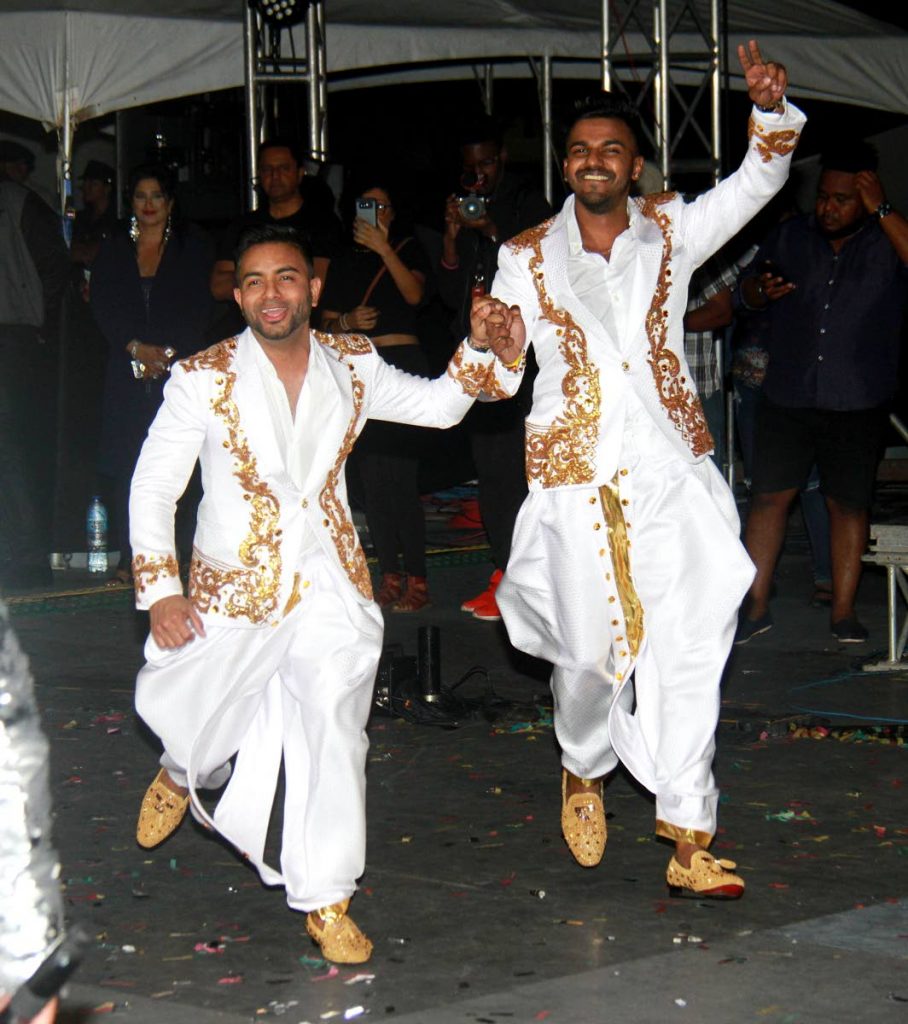Voices of the new generation

A few years ago, I believe it may have been about five or six, when there was a call from the public to ban the Chutney Soca Monarch competition because of lewd lyrics and what people saw as plagiarism from Bollywood films my father was asked to come up with a definition of chutney soca on the request of the organiser, George Singh. This issue of definition has, however, been a persistent problem beginning as far back as fifteen years ago. The time had again come to clarify the criteria for judging and composing hence the more recent request.
Together we sat thrashing out the ideas for I was also working on research for my postgraduate thesis. We had both agreed that there was no way to really define the genre, given that the music was still in its developmental stages. What was evident, however, was that this supposed deterioration was also an inevitable part of development. Eventually the public would force artistes to produce differently. It was all part of the process. There were new upcoming artistes as well, among whom, one or two would very well change the lyrics and sound of chutney soca.
However, what is evident with anything in the early stages of development is its copycat nature. There must be a point of origin, the child mimics the parent and, eventually, he creeps and walks and runs, elements that are suitable and useful to his survival and existence. Eventually some may drop away too and he adopts other habits useful at some other point in life. Applying this logic to art forms we see a process of absorption, adapting, borrowing – the gathering of things useful to a time and space. These are living organisms – music, art, architecture, dance and what have you. While we humans are behind their production, they assume lives of their own as soon as they hit the public space and we in turn appropriate them for our own uses.
Every year, Carnival pushes production of music for competitions. This year we have some interesting songs like Nailah Blackman’s Sokah and Kees’ Hello. But what I am more interested in this year is the winning number for the Chutney Soca Monarch finals sung by Nishard M and Neval Chatelal. One can safely say that it marked a long-awaited turning point for chutney soca, saying to people that there can be a winning number that feels like a gulp of air after being shut in a room with no ventilation. After a long time we have a song that does not reference horning, rum and bacchanal of the domestic order. The song instead pays tribute, as is the custom of ancient communities, to those who came before. Using the musical language of the Sans Humanite extempo it references Shorty, Drupatee, Rikki Jai and others icons of chutney, chutney soca, soca and calypso. The song opens with the strength of Chatelal’s voice in a North Indian classical idiom, and segues into extempo, calypso and soca bringing together the musical traditions of the island in this masala mix.
It was indeed also a strategic combination. Neval Chatelal, by now, is known for his trademark, North Indian classical movements in song. Apart from his resonant voice, the classical nuances are new to the popular music landscape and his voice carries it over powerfully. In 2010 after making it to the Digicel Rising Stars on a wild card, he copped the win with that combination of voice and genre. Mayrhoo’s voice one the other hand, is more suited to the soca, chutney soca genre, and the combination of vocal strengths created the musical uniqueness of the song. And then there are the lyrics, which not only celebrate but situating chutney’s space within Carnival.
For those lamenting the deterioration of chutney soca, this year’s Masala rejuvenates our confidence that the change is here. Given that people’s votes account in part for the results of the competition, the Masala win says that the public is ready for that change.
It was just a matter of time.

Comments
"Voices of the new generation"